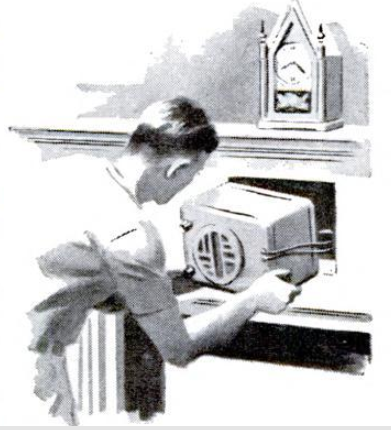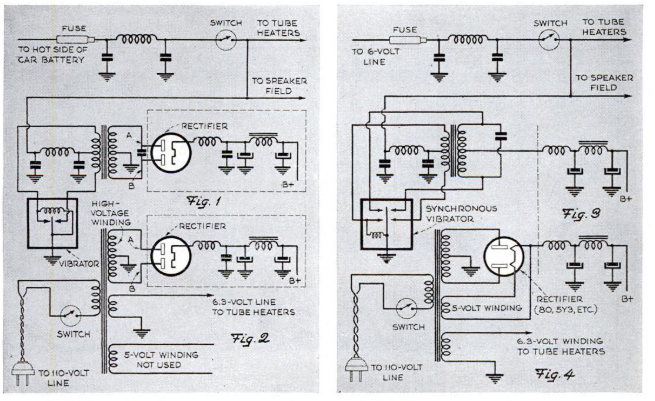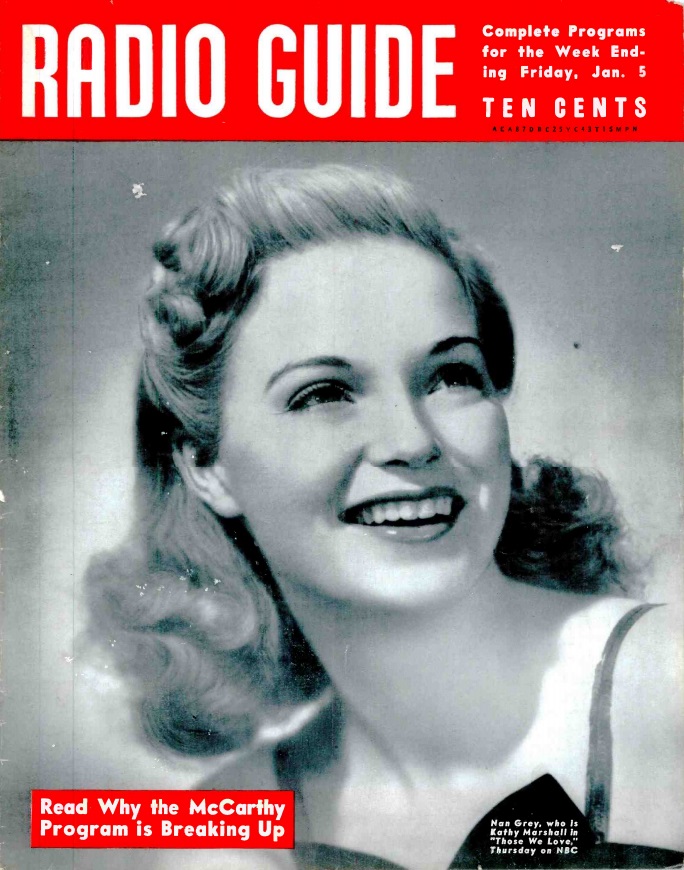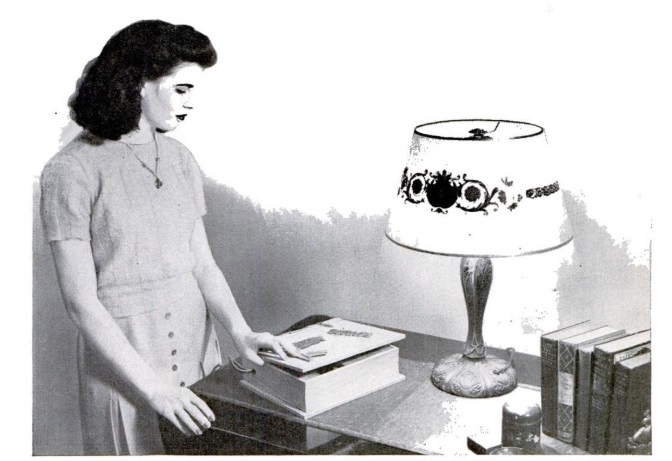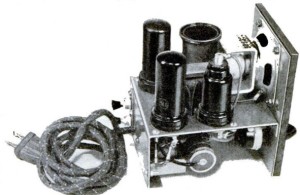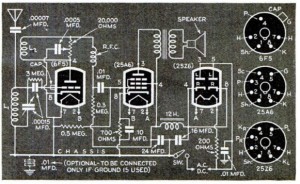
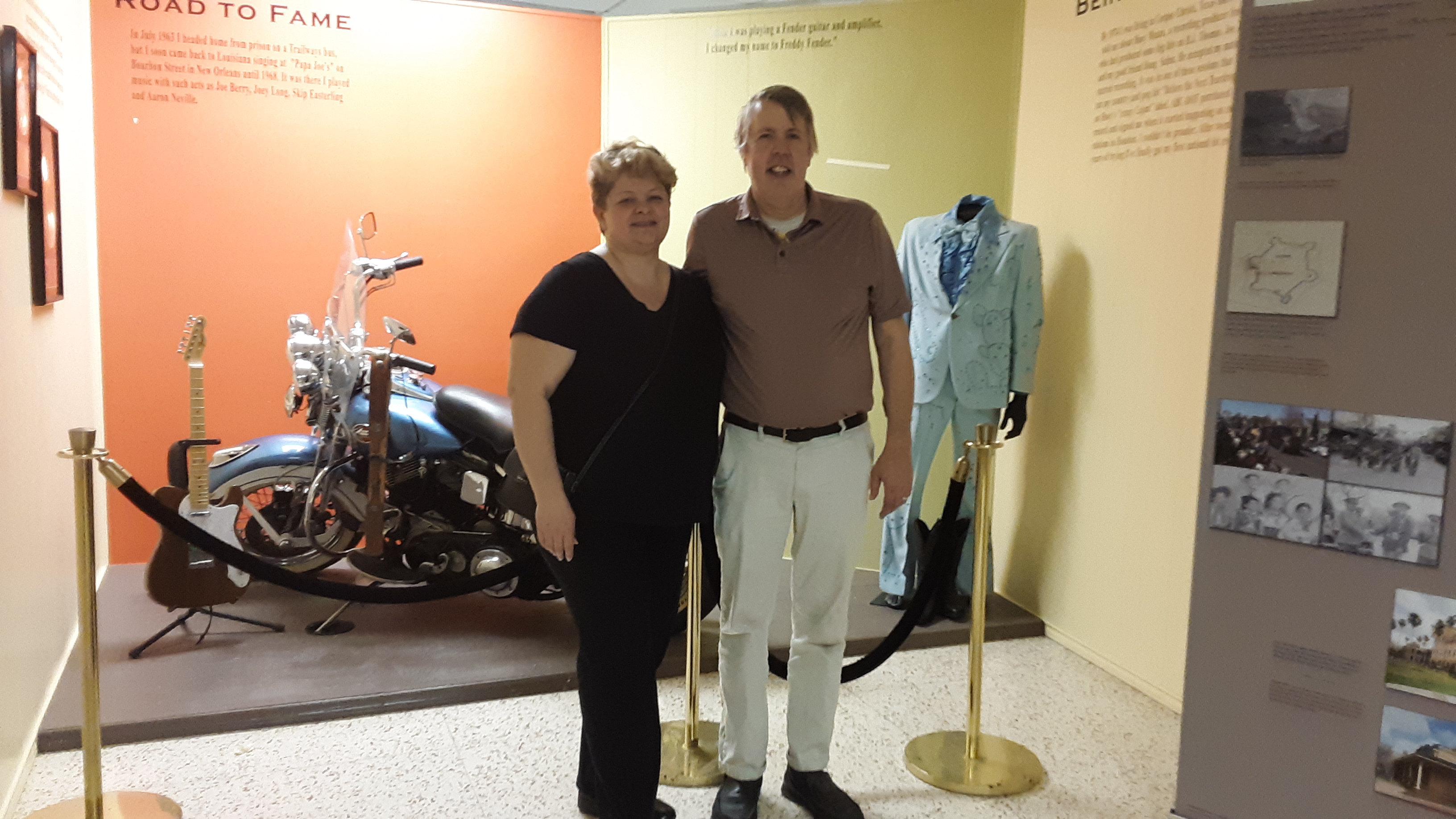
We recently had the opportunity to visit the Freddy Fender Museum in San Benito, Texas. We are shown above in front of Freddy’s motorcycle and one of the suits in which he performed. The museum is part of the Museums of San Benito, along with the San Benito History Museum and the Texas Conjunto Music Hall of Fame and Museum.
We were shown around by a friendly volunteer, and the visit was well worth the small detour we took to get there. Unfortunately, the exact future of the museum is in question, and it might not be there when you read this. On the very day we visited in December 2019, some of the Freddy Fender exhibits were being removed. The museum will be moving to a new location, but the exact new location is not known at this time. Some of the exhibits were apparently on their way back to Freddy’s widow in Corpus Christi. The volunteer seemed optimistic, however, that the museum would continue in either San Benito or Corpus Christi. But the exact future location has not been determined. Before making a special trip, I would contact the museum to check on the status. The museum is currently open Thursday, Friday, and Saturday.
Fortunately, some of the exhibits remained, and are shown here. Notably, Freddy’s two gold records are still on display, for Before the Next Teardrop Falls, and Wasted Days and Wasted Nights:
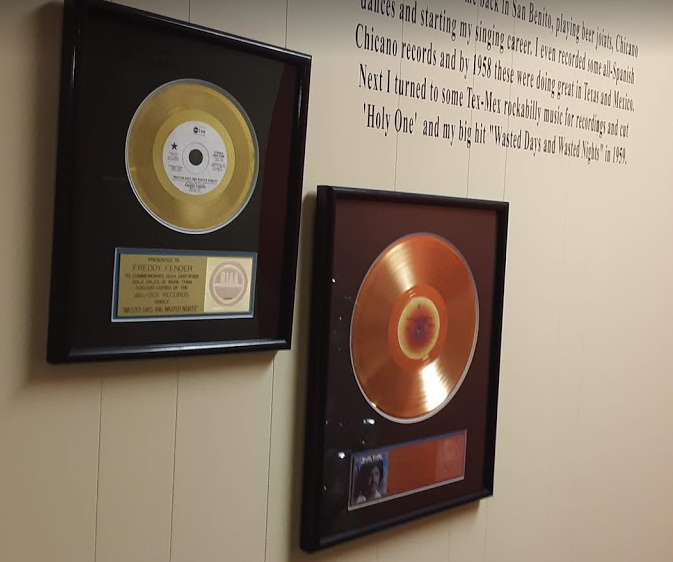
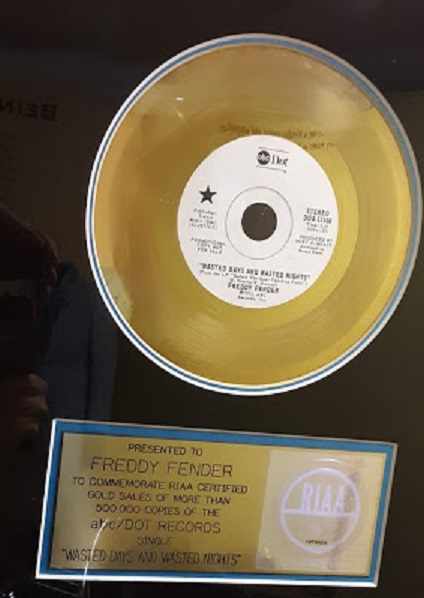
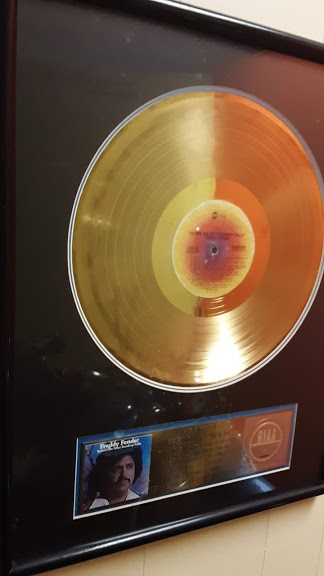

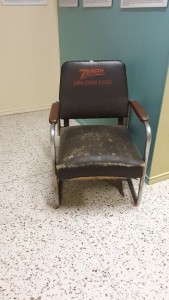 Of particular interest to our readers is this chair, marked “Zenith Arm Chair Radio,” in which Freddy Fender probably sat. I’ve heard of Zenith chairside radios, but this is the first I ever heard of an actual Zenith chair. The tag on the exhibit indicated that the chair was from “the 1970s”. Perhaps it was in use then, but my guess would be closer to the 1930s or 1940s. The tag indicated that the chair was last used at the Rio Grande Music Company recording studio, 1165 Sam Houston, San Benito, TX.
Of particular interest to our readers is this chair, marked “Zenith Arm Chair Radio,” in which Freddy Fender probably sat. I’ve heard of Zenith chairside radios, but this is the first I ever heard of an actual Zenith chair. The tag on the exhibit indicated that the chair was from “the 1970s”. Perhaps it was in use then, but my guess would be closer to the 1930s or 1940s. The tag indicated that the chair was last used at the Rio Grande Music Company recording studio, 1165 Sam Houston, San Benito, TX.
The museum also contained another room displaying some of the equipment from the studio, shown below:
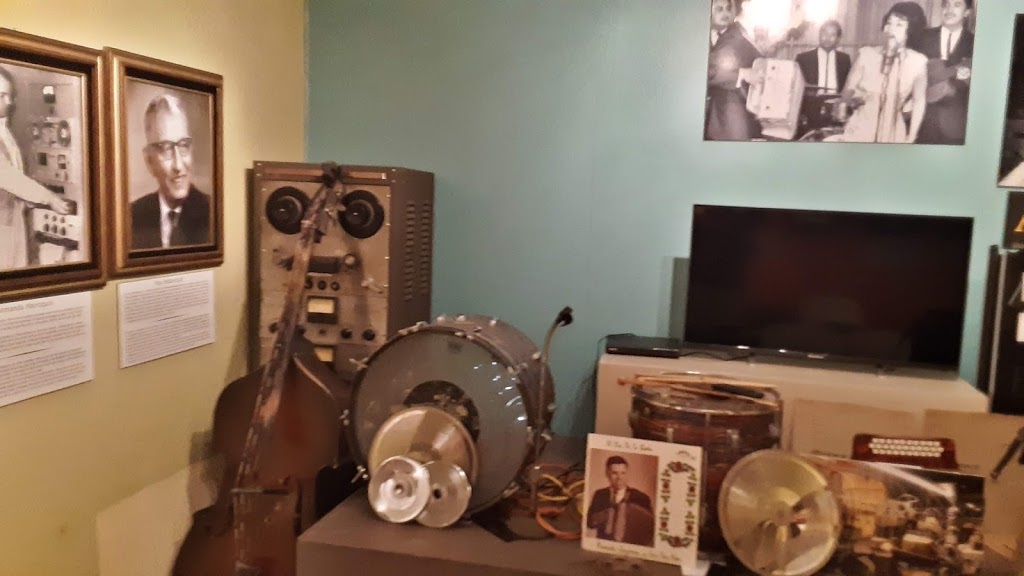
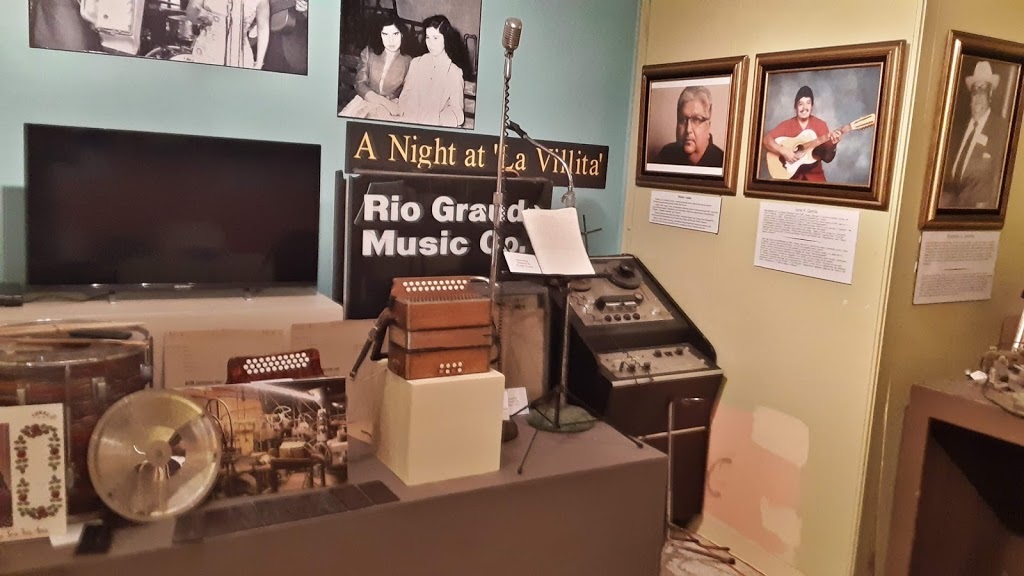
The “Rek-Kut” record cutting machine is shown below. You can click on the images for a larger version:
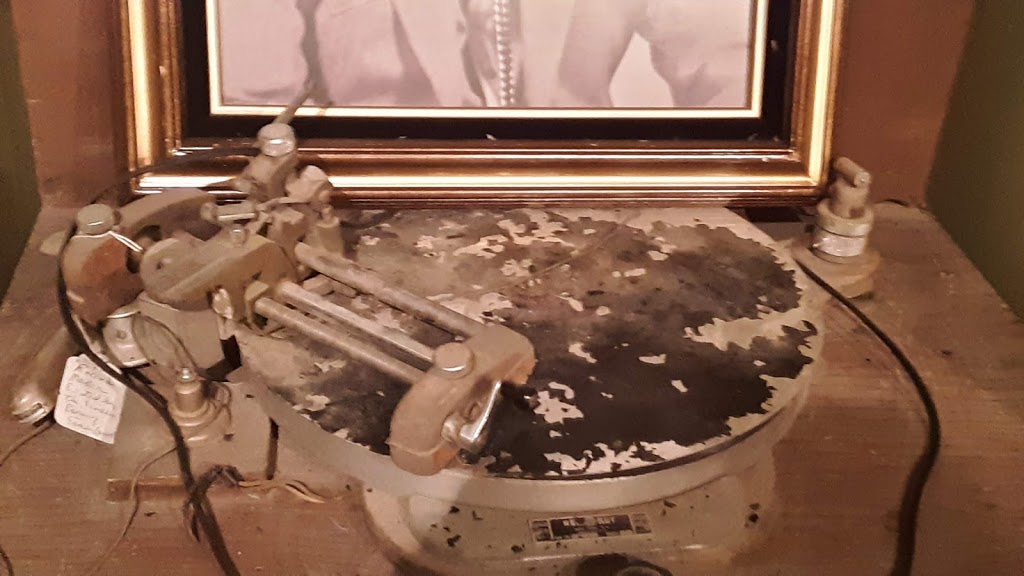
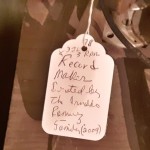
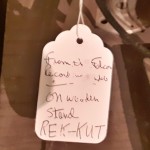
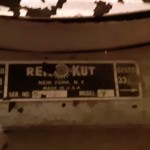
There were also two Ampex recorders, one identified as a Model 354:
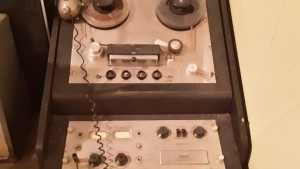
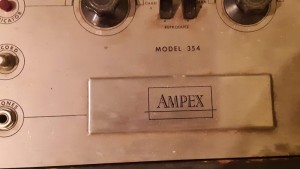
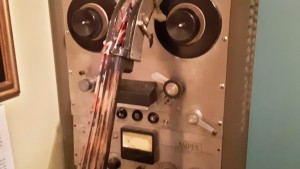
As mentioned above, there were two other museums in the same building, and this radio was part of the display in the general history museum:
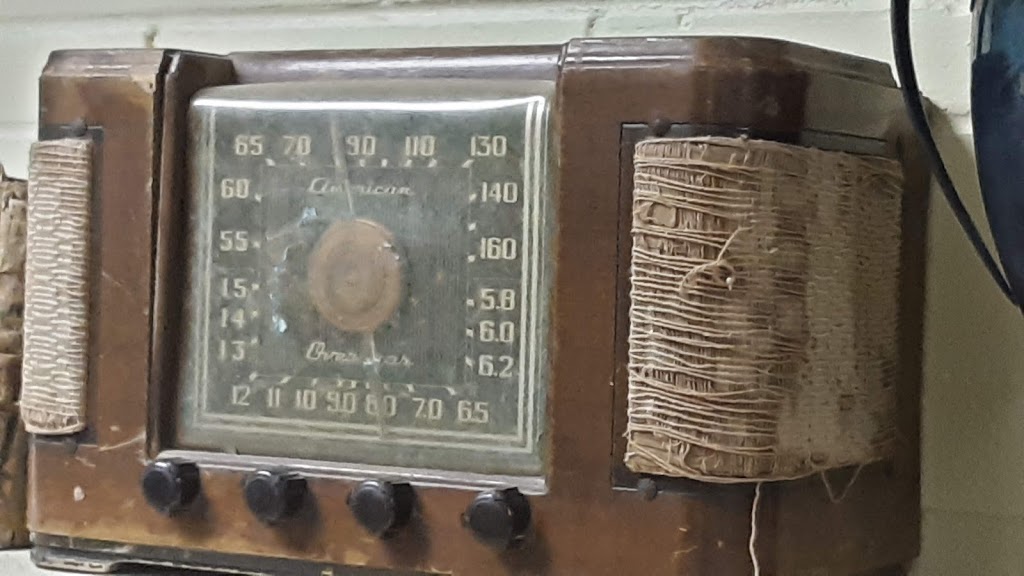
I couldn’t make out any brand name, but it appears to be from the late 1930s or 1940s, and covers the broadcast band and 5.8-15 MHz shortwave.
Finally, this shell casing was in the museum. It was from a captured German gun from World War 1, and was engraved with the names of the American soldiers against whom it was directed. The engraved text was very hard to read, and I unfortunately didn’t have time to try to transcribe much of it. It would be a great service if some reader in the area could take the time to transcribe the text and post it online somewhere. I’m sure that the relatives of the soldiers listed would be very appreciative.
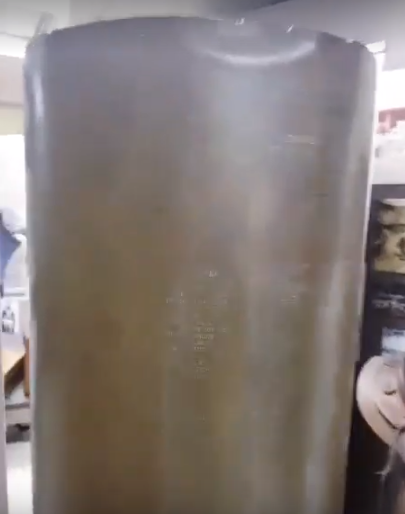
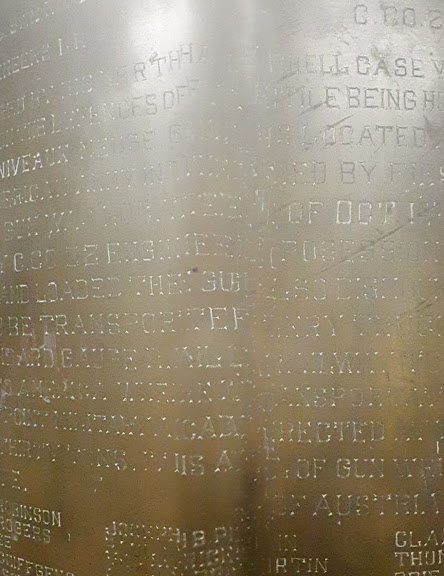
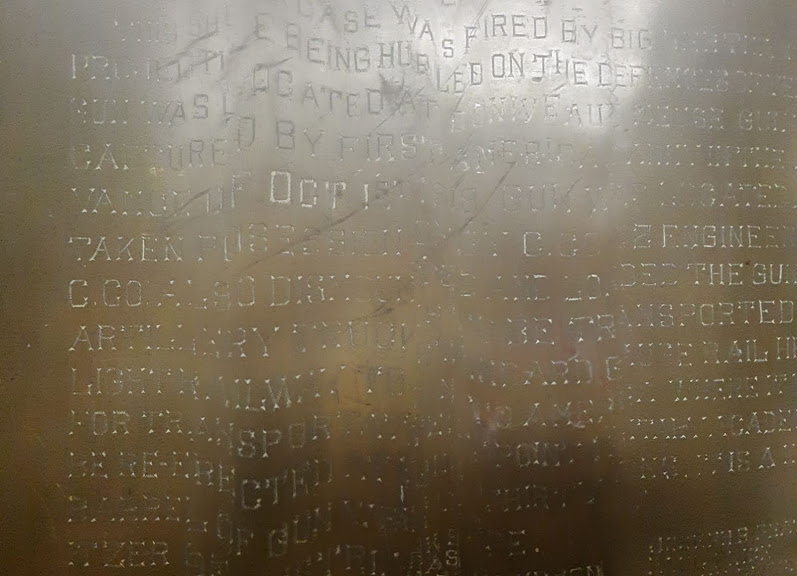
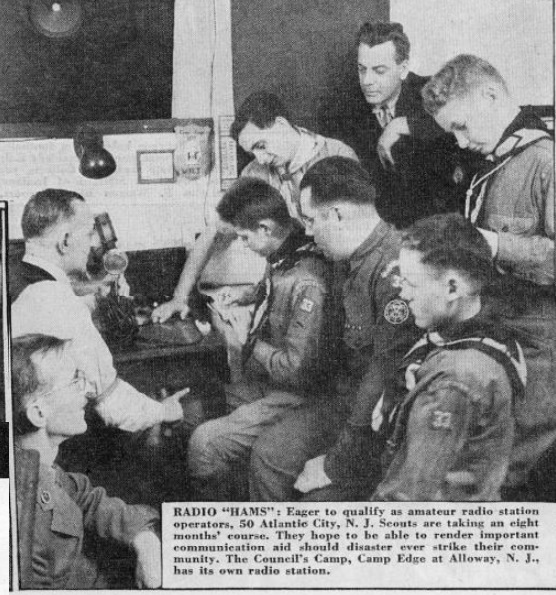 Eighty years ago this month, the December 1940 issue of Boys’ Life shows this enthusiastic group of Atlantic City Scouts preparing to get their ham licenses. Fifty Scouts were taking the eight month class, and were hoping to be able to render important communications assistance in the event of disaster. The council’s camp already had its own station.
Eighty years ago this month, the December 1940 issue of Boys’ Life shows this enthusiastic group of Atlantic City Scouts preparing to get their ham licenses. Fifty Scouts were taking the eight month class, and were hoping to be able to render important communications assistance in the event of disaster. The council’s camp already had its own station.
